Nutritional Foundations And Clinical Applications A Nursing Approach 6th Edition – Test Bank
Chapter 05: Fats
Grodner and Escott-Stump: Nutritional Foundations and Clinical Application: A Nursing Approach, 6th Edition
MULTIPLE CHOICE
1. Of the following, the food that would provide the most energy per ounce is
|
a. |
butter. |
|
b. |
tuna. |
|
c. |
pasta. |
|
d. |
hard candy. |
ANS: A
Butter would provide the most energy per ounce because fat is the densest energy source. Fat provides 9 kcal/g; protein and carbohydrate each provide 4 kcal/g. Tuna is mostly protein with just a small amount of fat, pasta is mostly carbohydrate and hard candy is only carbohydrate, and so all of these would provide fewer calories per ounce than would butter.
DIF:Cognitive Level: ApplyingREF:Page 74 | Page 81
TOP: Nursing Process: Implementation MSC: Client Needs: Physiological integrity
2. The most beneficial function of cholesterol in the body is
|
a. |
formation of sex hormones, bile, and vitamin D. |
|
b. |
depositing plaques in arteries. |
|
c. |
being part of cell membrane structure. |
|
d. |
solubility in both water and fat. |
ANS: A
The body uses sterols such as cholesterol to make sex hormones, bile, and vitamin D. Cholesterol does contribute to deposition of arterial plaques, but this is not beneficial to the body. Cell membrane structure and solubility in both water and fat are functions of phospholipids; cholesterol is a sterol, not a phospholipid.
DIF:Cognitive Level: ApplyingREF:Pages 77-78
TOP: Nursing Process: Assessment MSC: Client Needs: Physiological integrity
3. If a patient receiving parenteral nutrition develops eczema, the patient probably has
|
a. |
vitamin C deficiency. |
|
b. |
essential fatty acid deficiency. |
|
c. |
protein-energy malnutrition. |
|
d. |
phospholipid and sterol deficiency. |
ANS: B
In a patient receiving fat-free parenteral nutrition, eczema may be a sign of essential fatty acid deficiency. Eczema is not caused by vitamin C deficiency; symptoms of vitamin C deficiency include bleeding gums and breakdown of scar tissue. Eczema is not a sign of protein-energy malnutrition. The body makes phospholipids and sterol, and so deficiency does not occur.
DIF: Cognitive Level: Applying REF: Page 74 TOP: Nursing Process: Diagnosis
MSC:Client Needs: Physiological integrity
4. If a food that is usually made with hydrogenated oil is made with vegetable oil instead, one potential concern is that the
|
a. |
flavor will be significantly different. |
|
b. |
food will feel oily to the touch. |
|
c. |
food will contribute more to cardiovascular risk. |
|
d. |
food will have a shorter shelf life. |
ANS: D
Hydrogenation of vegetable oils increases their shelf life because the double bonds are removed, which renders the fatty acids less vulnerable to oxidation; therefore, a food made with vegetable oil may have a shorter shelf life. Use of vegetable oil does not necessarily result in a different flavor from use of hydrogenated fat and does not make the food feel more oily. Foods made with vegetable oils are less likely to contribute to cardiovascular disease than those made with hydrogenated fats, which contain saturated and trans fatty acids.
DIF:Cognitive Level: UnderstandingREF:Page 82 | Page 84
TOP:Nursing Process: Implementation
MSC: Client Needs: Health promotion and maintenance | Client Needs: Safe and effective care environment
5. A triglyceride is a compound composed of
|
a. |
glycerol with two fatty acids attached. |
|
b. |
glycerol with three amino acids attached. |
|
c. |
glycerol with three fatty acids attached. |
|
d. |
organic molecules formed in triangular chains. |
ANS: C
Triglycerides are compounds made up of glycerol and three fatty acids. The compound of glycerol plus two fatty acids is a diglyceride. Glycerol does not combine with amino acids. Triglycerides do not form in triangular chains.
DIF:Cognitive Level: RememberingREF:Page 75
TOP: Nursing Process: Assessment MSC: Client Needs: Physiological integrity
6. To decrease intake of saturated fatty acids and increase intake of polyunsaturated fatty acid, one dietary change would be from using _____ to using _____ oil.
|
a. |
shortening; coconut |
|
b. |
margarine; olive |
|
c. |
soybean oil; canola |
|
d. |
butter; sunflower |
ANS: D
Sunflower oil is rich in polyunsaturated fatty acids, and butter is rich in saturated fatty acids; therefore, this switch would have the best effect. Shortening actually has higher amounts of polyunsaturated fatty acids and lower amounts of saturated fatty acids than does coconut oil. Olive oil contains lower amounts of saturated fatty acids than does margarine, but it is rich in monounsaturated fatty acids, not polyunsaturated fatty acids. Both canola oil and soybean oil have relatively low amounts of saturated fatty acids; canola oil contains mostly monounsaturated fatty acids, whereas soybean oil is rich in polyunsaturated fatty acids.
DIF: Cognitive Level: Applying REF: Page 76 TOP: Nursing Process: Planning
MSC: Client Needs: Health promotion and maintenance
7. If a client wants to lose 1 lb of body fat each week, he or she would need to make sure that the daily calorie intake was lower than the daily energy needs by _____ kcal/day.
|
a. |
350 |
|
b. |
500 |
|
c. |
900 |
|
d. |
3500 |
ANS: B
One pound of body fat contains 3500 kcal. To create a weekly deficit of 3500 kcal, daily energy intake would need to be less than daily energy expenditure by 500 kcal (3500 ÷ 7).
DIF: Cognitive Level: Applying REF: Page 74 TOP: Nursing Process: Planning
MSC: Client Needs: Physiological integrity | Client Needs: Health promotion and maintenance
8. Of the following fats, the one that is most likely to be liquid is
|
a. |
milk fat. |
|
b. |
beef drippings. |
|
c. |
coconut oil. |
|
d. |
peanut oil. |
ANS: D
In general, plant oils are more liquid and animal fats tend to be solid. Both milk fat (butter) and beef drippings (lard) have high amounts of saturated fatty acids and tend to be solid fats. Coconut oil is a plant oil, but it has high amounts of saturated fatty acids, and so it is usually solid. Peanut oil has high amounts of unsaturated fatty acids and is a liquid oil.
DIF: Cognitive Level: Understanding REF: Pages 75-77 TOP: Nursing Process: Planning
MSC: Client Needs: Health promotion and maintenance
9. The number of double bonds present in the fatty acid chain determines the
|
a. |
number of fatty acids attached to the glycerol molecule. |
|
b. |
number of glycerol molecules attached to a fatty acid. |
|
c. |
degree of saturation or unsaturation of a fatty acid. |
|
d. |
degree of saturation or unsaturation of the glycerol molecule. |
ANS: C
The number of double bonds in a fatty acid chain determines the degree of saturation or unsaturation of a fatty acid. The number of fatty acids attached to the glycerol molecule determines whether it is a monoglyceride (one fatty acid), a diglyceride (two fatty acids), or a triglyceride (three fatty acids). There is never more than one glycerol molecule attached to a fatty acid, and glycerol molecules do not vary in the degree of saturation or unsaturation.
DIF:Cognitive Level: UnderstandingREF:Pages 75-77
TOP: Nursing Process: Assessment MSC: Client Needs: Health promotion and maintenance
10. A client who wishes to avoid blood clots may benefit from regular intake of
|
a. |
fish oil capsules. |
|
b. |
salmon. |
|
c. |
lecithin. |
|
d. |
olives and olive oil. |
ANS: B
Omega-3 fatty acids help decrease risk of blood clots. The best source of omega-3 fatty acids is fatty fish, such as salmon; fish oil capsules are not recommended because large doses may decrease immunity. Lecithin and the monounsaturated fatty acids found in olive oil do not decrease risk of blood clotting.
DIF: Cognitive Level: Applying REF: Pages 75-77 TOP: Nursing Process: Planning
MSC: Client Needs: Health promotion and maintenance | Client Needs: Physiological integrity






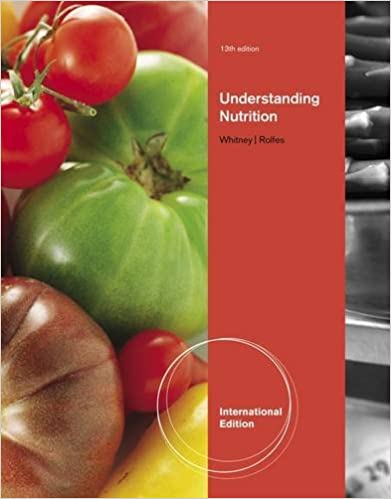
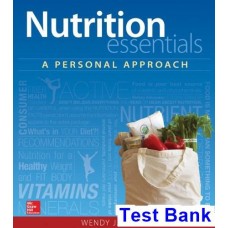
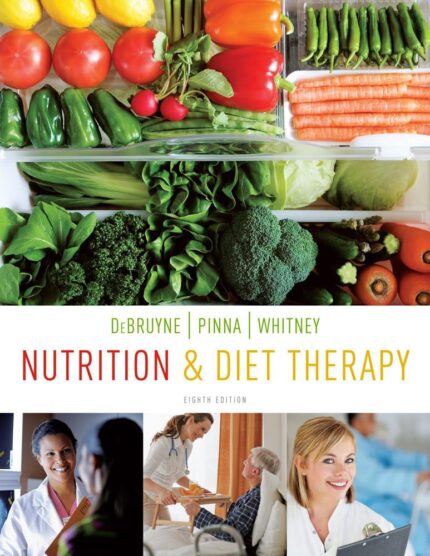

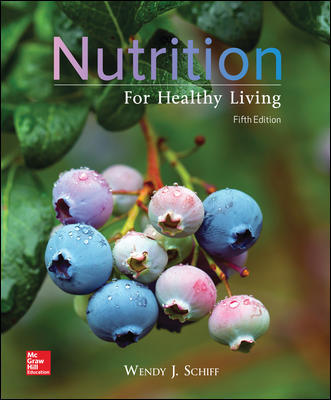
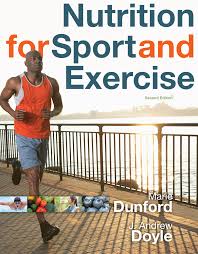

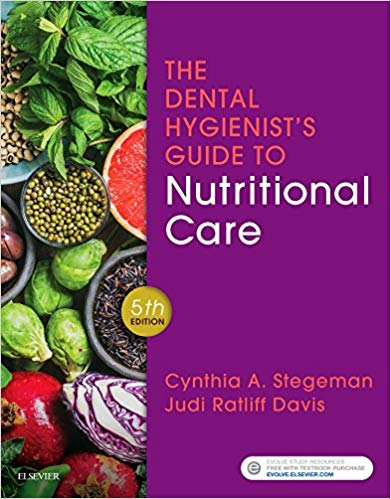
Reviews
There are no reviews yet.